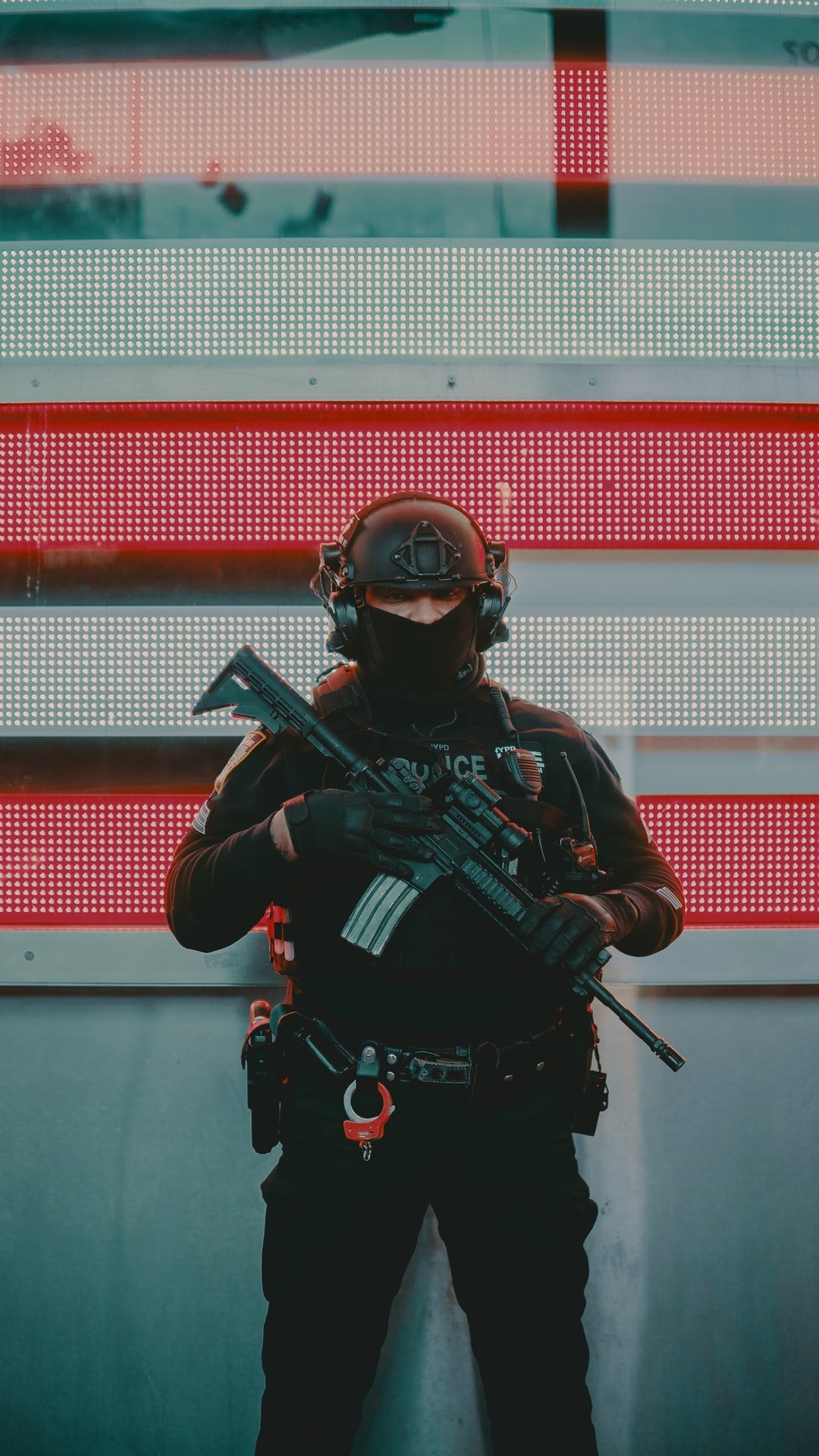The Difference Between Body Armor And Bulletproof Vests

Body armor, often called body armour or self-defense equipment, is typically worn during combat to protect the wearer. It is a type of specialized armor that is made to deflect and absorb impacts to the torso from firearms, blasts, and other impacty objects. It is worn primarily by law enforcement officers and security personnel to ensure their safety in and out of the line of duty. There are several styles of body armor that are available for purchase, but most are traditional plate-and-contact frames that extend from the waist up over the thighs and onto the upper arms. Tactical vests are often used by military and police professionals. There are also body armors that wrap around the entire body.
There are varying degrees of protection offered by standard body armor. Most are designed to resist bullets, but can be expected to do so only to a limited degree. The protective qualities of law enforcement body armor are particularly important, since they are often required to wear such protection when working in potentially dangerous environments where their safety cannot be compromised. For example, ballistic armor is designed with larger gaps between individual plates than standard types, to allow law enforcement officers to fire their weapons without hitting any vital organs. In addition, it is designed with larger front and rear plates than standard types, to improve the chances of the bullet penetrating the vests.
Today, most police officers and security personnel are also wearing ballistic armor when on duty. It is not uncommon for them to be deployed to war zones where they may come in contact with enemy fire. Since they must rely on their protective shields to prevent injury, and since there is no guarantee that they will never come in contact with hostile fire, they absolutely need body armor. As a result, ballistic armor has become a critical accessory for law enforcement officers and security personnel.
It is important to understand what makes bulletproof vests different from body armor made from other materials. One of the primary differences is the way the protective barrier is constructed. While both are formed from different materials, their construction differs in specific aspects. Bulletproof vests are usually made out of an extremely tough material such as Kevlar or A-steel. Materials from Legionary are extremely effective in providing high levels of protection, but they are also very heavy and bulky. They need to be worn and carried by police officers and other security personnel because they are so bulky and difficult to move.
Body armor developed today is much lighter and more streamlined. Its major improvement over bulletproof vests is that it is designed not to add stress to the wearer's joints and tendons, but rather to distribute the pressure across the wearer's entire body. As a result, it provides the wearer with more protection at a lighter weight. There are two primary styles of bulletproof vest currently available on the market: full-body vests, which cover the entire torso; and half-body vests, which focus on the torso area only. Because it covers the majority of the wearer's torso, it is also sometimes referred to as 'body armor.'
Because police officers and other security personnel use these vests on a daily basis that approved by state by state body armor laws, they have become the most popular choice for protecting the general public. The benefits of bullet proof vests, however, extend far beyond the protection they provide against handguns. They are extremely effective in the defense against high caliber firearms, although the protection offered by bullet proof vests against other types of projectiles is also very important. If you're shopping for a personal protective equipment product, you should definitely consider purchasing a vest made with Kevlar or A-steel. Both of these materials are extremely effective at stopping handguns, although their success against other types of projectiles is not as strong.
For more information, please head over to this link: https://en.wikipedia.org/wiki/Body_armor
